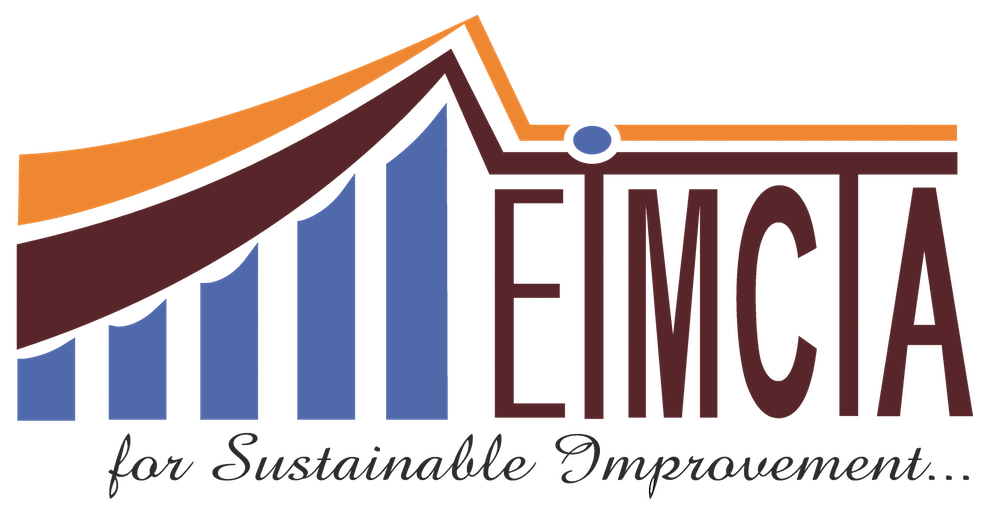
Environmental monitoring and testing involve the systematic collection, analysis, and assessment of environmental data to evaluate the condition and quality of natural resources and ecosystems.
Principles:
- Sampling: Collect representative samples of air, water, soil, and other environmental media to accurately assess environmental conditions.
- Analysis: Utilize appropriate analytical methods and equipment to detect and quantify pollutants, contaminants, and other parameters of interest.
- Quality Assurance/Quality Control (QA/QC): Implement QA/QC measures to ensure the accuracy, reliability, and consistency of monitoring data.
- Compliance: Monitor environmental parameters in accordance with regulatory requirements and standards to ensure compliance with environmental regulations.
- Risk Assessment: Assess the potential risks posed by pollutants and contaminants to human health, wildlife, ecosystems, and the environment.
- Continuous Monitoring: Establish long-term monitoring programs to track changes in environmental quality over time and identify emerging issues or trends.
- Data Management: Manage and interpret monitoring data effectively using appropriate tools and methodologies to support decision-making and policy development.
Benefits:
- Environmental Protection: Identify and mitigate sources of pollution and contamination to protect ecosystems, natural resources, and public health.
- Regulatory Compliance: Ensure compliance with environmental regulations and standards through regular monitoring and testing activities.
- Early Detection: Detect and address environmental problems and hazards at an early stage, preventing potential long-term impacts and reducing remediation costs.
- Public Health: Protect human health by monitoring air and water quality, identifying health risks, and implementing measures to reduce exposure to harmful pollutants.
- Resource Management: Inform sustainable resource management practices by monitoring changes in environmental conditions and ecosystem health.
- Community Engagement: Engage stakeholders and the public in environmental monitoring efforts to raise awareness, foster collaboration, and promote environmental stewardship.
- Policy Development: Use monitoring data to inform policy development, regulatory decision-making, and land use planning to support sustainable development goals.
Apply today to book your seat from below and submit
contact
+977 1 5903 211, 9741766637
